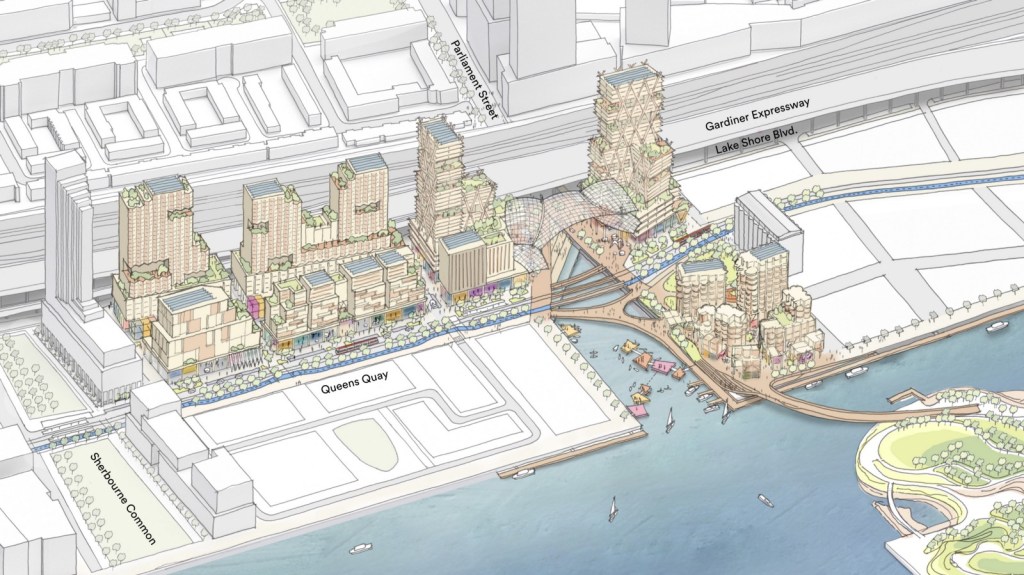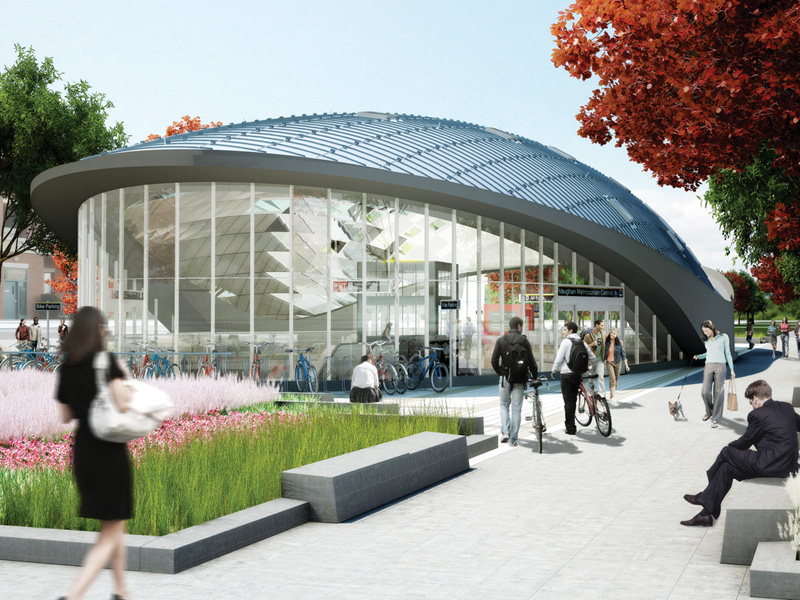Must-Have Tech
Multifamily Innovations
Toronto recently hosted its very first Yardi Executive Briefing exclusively for multifamily clients. Participants explored the latest innovations in RentCafe and smart home technology. Below, we’ve highlighted the latest and greatest multifamily technology that you’ve got to have. Re-imaging Real Estate through Innovation Seven technologies are changing the future of multifamily housing: Untethered Connectivity: Voice-activated […]







